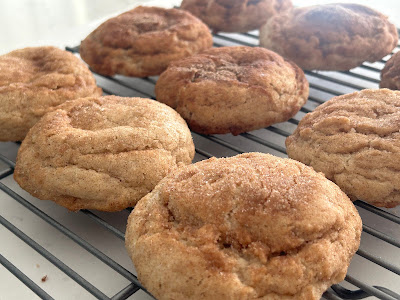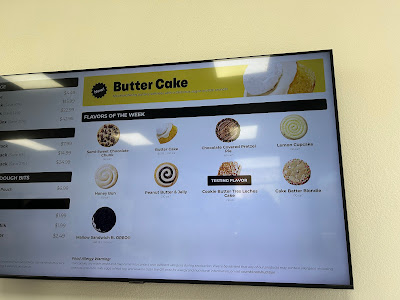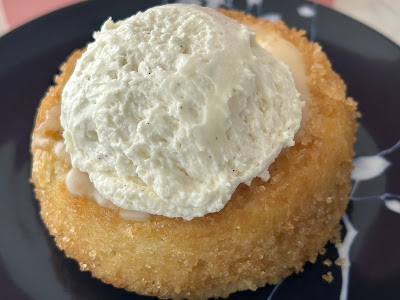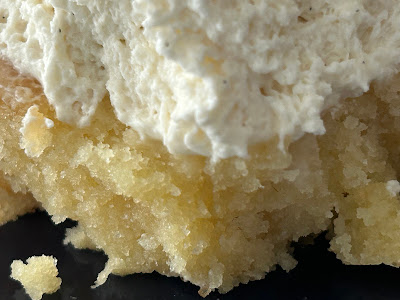Soft and Thick Snickerdoodles - made dough May 14, 2024 from Baking is a Science
3/4 cup granulated sugar
1/2 cup (1 stick) butter, room temperature
1 large egg
1/2 teaspoon vanilla extract
1 3/4 cups all-purpose flour
1/2 teaspoon cream of tartar
1/4 teaspoon baking soda
1/2 teaspoon baking powder
1/4 teaspoon salt
1 teaspoon cinnamon
Cinnamon sugar coating
1 tablespoon granulated sugar
3 teaspoons cinnamon
- In a small bowl, stir together 1 tablespoon granulated sugar and 3 teaspoons cinnamon for the cinnamon sugar coating; cover and set aside.
- In the bowl of a stand mixer fitted with the paddle attachment, cream together butter and granulated sugar. Add egg and vanilla, mix to combine.
- In a separate bowl, whisk together flour, baking powder, baking soda, cream of tartar and salt.
- Gradually add the dry ingredients to the butter-sugar mixture, mixing on low speed until just combined.
- Portion into golf-ball size dough balls, cover and chill for at least 2 hours or overnight. When ready to bake, remove from refrigerator for 10 minutes before rolling in cinnamon sugar mixture.
- Preheat oven to 350 degrees F. Line baking sheets with parchment paper. Evenly space coated dough balls on prepared sheets. Bake cookies for 12-14 minutes or until edges are set and middles no longer look raw. Remove from oven and let rest on baking sheets for 3-5 minutes before transferring to wire rack to cool completely.
My favorite recipe for snickerdoodles was the one from Sally's Baking Addiction. It was always reliably nice and thick plus had delicious flavor. Until I moved the last couple of times and I just couldn't seem to get that thickness I used to get. The flavor was still good but my snickerdoodles kept coming up flat. I blamed the higher altitude where I lived and that period of time where I swear butter makers were adding more water to their butter and all my cookies were coming out flat.
So now I have a new favorite recipe that turned out just as thick as Sally's used to. One recipe only makes 9 snickerdoodles but what a 9 they were. Half the cookies look darker than the other half. They're not burned. I just had more cinnamon in the rolling mixture in the first batch than I did in the second one.Regardless of the color of the coating, these cookies were amazing. That thick buttery, cinnamon-y texture and flavor were there.
And look at that texture. Perfection. I have a new favorite snickerdoodle recipe and this is it.






















































